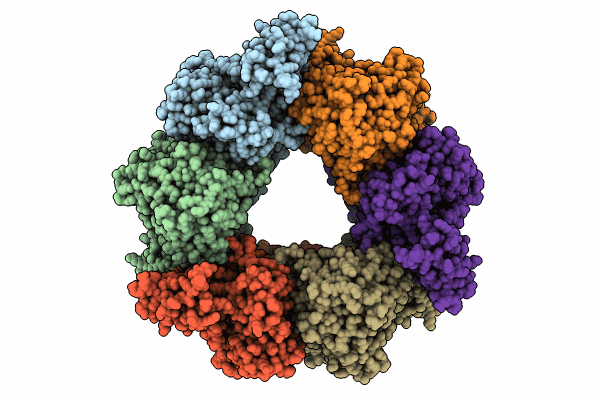
Deposition Date
2023-07-03
Release Date
2024-07-10
Last Version Date
2025-01-15
Method Details:
Experimental Method:
Resolution:
2.33 Å
Aggregation State:
PARTICLE
Reconstruction Method:
SINGLE PARTICLE


